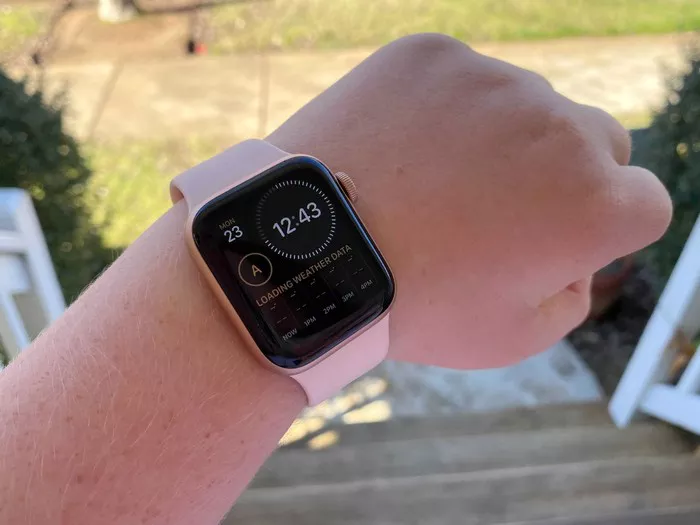The allure of beta software often beckons adventurous users, but sometimes the experience might not meet expectations. If you find yourself dissatisfied with the watchOS 5 beta and yearning for the stability of watchOS 4, fear not. This guide will walk you through the steps to remove the watchOS 5 beta from your Apple Watch and gracefully revert to the more stable watchOS 4.
I. Backing Up Your Apple Watch
Before embarking on the journey of downgrading, it’s crucial to ensure your data is safely backed up. Follow these steps to back up your Apple Watch:
- Open the Watch app on your paired iPhone.
- Go to the “My Watch” tab.
- Tap on “General” and then select “Reset.”
- Choose “Erase Apple Watch Content and Settings.”
- Once prompted, confirm your decision and enter your Apple ID password if required.
- Wait for the process to complete.
This action will unpair your Apple Watch from your iPhone and create a backup that can be later restored to your device.
II. Removing the watchOS 5 Beta
Removing the watchOS 5 beta involves unenrolling your Apple Watch from the beta program. Follow these steps:
- Visit the Apple Beta Software Program website on the paired iPhone.
- Sign in with your Apple ID credentials.
- Navigate to the watchOS tab and select “Stop Testing.”
- Follow the on-screen instructions to unenroll your Apple Watch.
This action will send a command to your Apple Watch to revert to the latest non-beta version, which, in this case, is watchOS 4.
III. Downgrading to watchOS 4
Once you’ve successfully unenrolled from the beta program, the process of downgrading to watchOS 4 begins. Ensure your iPhone is running the latest version of iOS and follow these steps:
- Open the Watch app on your iPhone.
- Go to the “My Watch” tab.
- Tap on “General” and then select “Software Update.”
- If watchOS 4 is available, tap “Download and Install.”
- Enter your iPhone passcode when prompted.
- Allow the installation to complete.
Your Apple Watch will automatically downgrade to watchOS 4 during this process. Ensure that your Apple Watch remains connected to the charger throughout the installation to prevent any interruptions.
IV. Restoring Your Apple Watch from Backup
Now that you’re back on watchOS 4, it’s time to restore your Apple Watch from the backup created earlier. Follow these steps:
- Open the Watch app on your paired iPhone.
- Go to the “My Watch” tab.
- Tap on “General” and then select “Reset.”
- Choose “Erase Apple Watch Content and Settings.”
- During the setup process, select “Restore from Backup” and choose the latest backup.
Allow the restoration process to complete, and your Apple Watch will be back to its pre-beta state with watchOS 4.
V. Frequently Asked Questions
1. Can I downgrade from any watchOS beta version, or are there limitations?
In most cases, you can downgrade from any watchOS beta version to the latest stable release. However, it’s essential to follow Apple’s guidelines and ensure that the downgrade path is officially supported.
2. Will downgrading result in data loss on my Apple Watch?
Yes, downgrading involves erasing the content and settings on your Apple Watch, leading to data loss. It’s crucial to back up your Apple Watch before starting the downgrade process.
3. Can I downgrade if I didn’t create a backup before installing the watchOS beta?
Unfortunately, if you didn’t create a backup before installing the watchOS beta, you won’t be able to restore your data. It highlights the importance of regularly backing up your Apple Watch to avoid data loss during unforeseen circumstances.
4. Is it possible to downgrade from watchOS 5 beta to an earlier version than watchOS 4?
Generally, downgrading to an earlier version than the latest stable release is not officially supported by Apple. The downgrade path is typically limited to moving to the latest stable version available for your device.
5. What should I do if I encounter issues during the downgrade process?
If you encounter any issues during the downgrade process, such as the Apple Watch not responding or software installation failures, it’s advisable to consult Apple Support for assistance. They can provide guidance and troubleshooting steps tailored to your specific situation.

